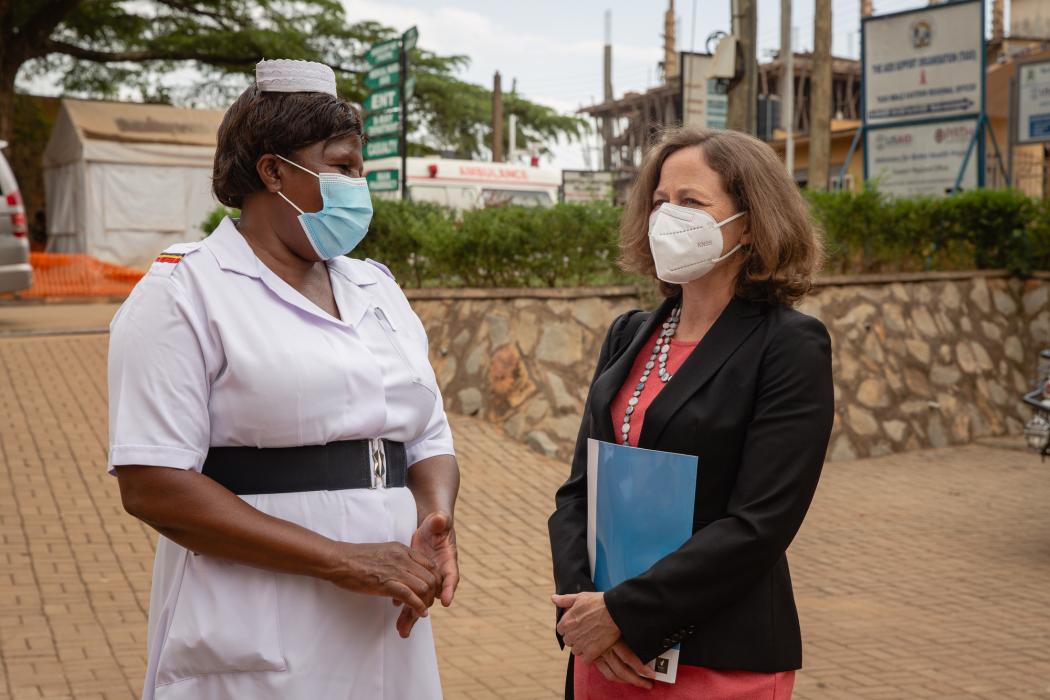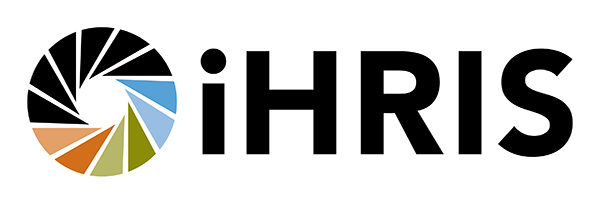US Funding for Global Health Security Doesn’t Cover These Essential Systems for Health Workers—Yet

US funding for global health security has surged in the last few years, and now Congress has just approved a $510 million increase for fiscal year 2022, nearly doubling current funding. President Biden is proposing even greater increases for fiscal year 2023 in his new budget proposal, including a multilateral fund for global health security and pandemic preparedness. The US has already pledged $250 million to this proposed fund, which has a goal of $10 billion in annual funding from the global community.
The urgent question is this: How do we best use these funds?
The difficulties many countries have faced in responding to COVID-19 and rapidly delivering vaccines, tests, treatment, and supportive care have shone a spotlight on vulnerabilities in health systems and workforces around the world.
Historically, US global health security funding for the health workforce has focused on training field epidemiologists and preventing and detecting zoonotic diseases—valuable and necessary functions. The multilateral global health security agenda, which the US supports, has a similar emphasis for the workforce.
But high-level reviews of the lessons we’ve learned from COVID-19, such as the Independent Panel for Pandemic Preparedness and Response, have called for much broader investments in human resources to improve resilience.
We must expand our definition of global health security.
We must expand our definition of global health security to go beyond the traditional focus on disease surveillance capacity.
Frontline health workers—including community health workers—are every country's first defense when it comes to detecting, reporting, and responding to emerging threats and to building communities’ trust in their health systems.
